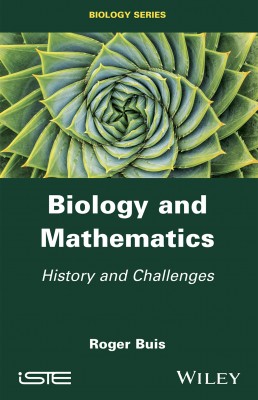
To formalize the dynamics of living things is to search for invariants in a system that contains an irreducible aspect of “fuzziness”, because biological processes are characterized by their large statistical variability, and strong dependence on temporal and environmental factors. What is essential is the identification of what remains stable in a “living being” that is highly fluctuating.
The use of mathematics is not limited to the use of calculating tools to simulate and predict results. It also allows us to adopt a way of thinking that is founded on concepts and hypotheses, leading to their discussion and validation. Instruments of mathematical intelligibility and coherence have gradually “fashioned” the view we now have of biological systems.
Teaching and research, fundamental or applied, are now dependent on this new order known as Integrative Biology or Systems Biology.
1. On the Status of Biology: On the Definition of Life.
2. On the Nature of the Contribution Made by Mathematics to Biology.
3. Some Historical Reference Points: Biology Fashioned by Mathematics.
4. Laws and Models in Biology.
5. Mathematical Tools and Concepts in Biology.
Roger Buis, Emeritus Professor at the Université de Toulouse, France, has taught Statistical Biometry and Biomathematics at various universities and engineering schools (agronomy). His research – initially focused on plant growth and morphogenesis – has been developed in the context of differential dynamical systems.